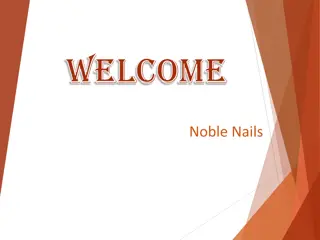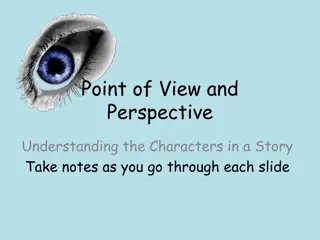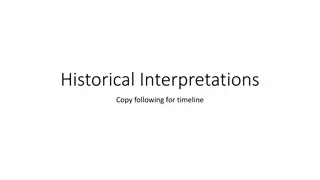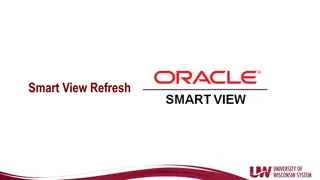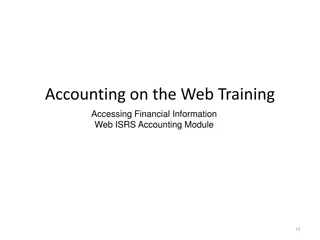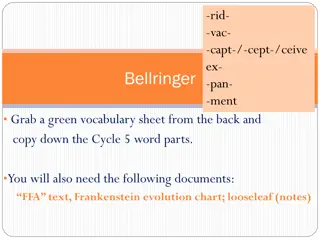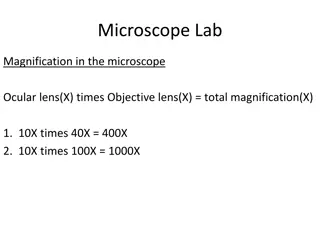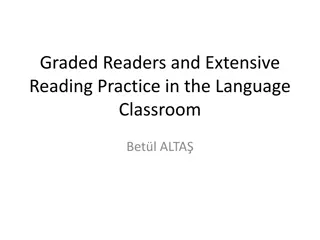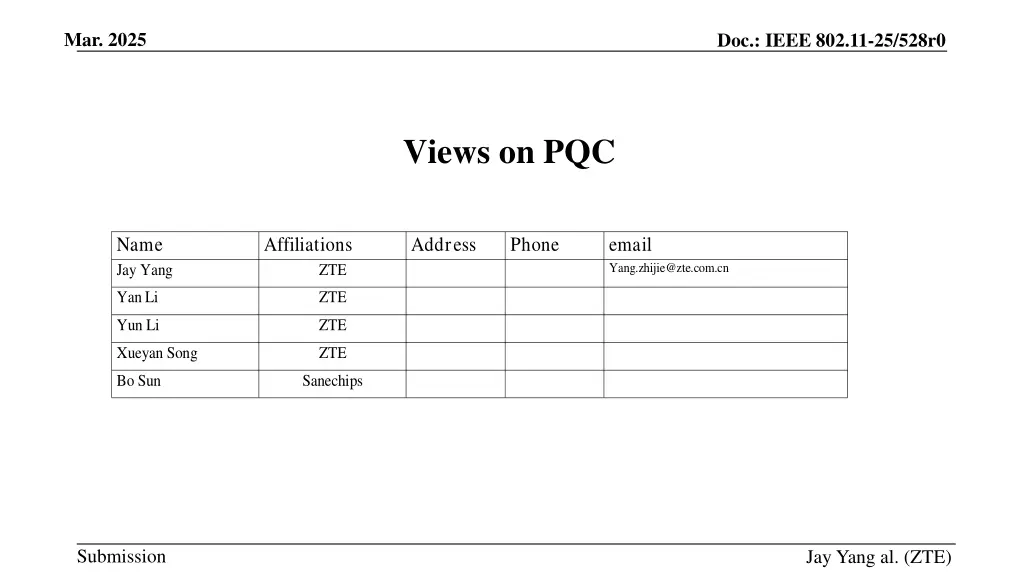
Insights on Post-Quantum Cryptography Development in IEEE 802.11-25/528r0
Explore the formation and objectives of the Post-Quantum Cryptography Study Group within IEEE 802.11-25/528r0, analyzing the need for new cryptographic algorithms and outlining key considerations for future development.
Download Presentation

Please find below an Image/Link to download the presentation.
The content on the website is provided AS IS for your information and personal use only. It may not be sold, licensed, or shared on other websites without obtaining consent from the author. If you encounter any issues during the download, it is possible that the publisher has removed the file from their server.
You are allowed to download the files provided on this website for personal or commercial use, subject to the condition that they are used lawfully. All files are the property of their respective owners.
The content on the website is provided AS IS for your information and personal use only. It may not be sold, licensed, or shared on other websites without obtaining consent from the author.
E N D
Presentation Transcript
Mar. 2025 Doc.: IEEE 802.11-25/528r0 Views on PQC Name Jay Yang Affiliations Address Phone email Yang.zhijie@zte.com.cn ZTE YanLi ZTE Yun Li ZTE Xueyan Song ZTE Bo Sun Sanechips Submission Jay Yang al. (ZTE)
Mar. 2025 Doc.: IEEE 802.11-25/528r0 Introduction 802.11 WG agreed the formation of a Post-Quantum Cryptography Study Group (PQC SG) SG will develop PAR and CSD to further define scope and features In this presentation, we offer some thoughts and comments on various aspects of this activity Submission Slide 2 Jay Yang, et al. (ZTE)
Mar. 2025 Doc.: IEEE 802.11-25/528r0 The need for PQC in subclause 12 Reference[4] indicates that the quantum computing techniques makes public-key cryptography becoming more vulnerable a strong requirement to find some new cryptography to replace, e.g. some new cryptography listed in CNSA 2.0 One question is: Do we need to support all the algorithms defined in CNSA 2.0? Possible NOT-- Each algorithm has their own use cases and functionality, some of them don t need to be standardized in 802.11 Submission Slide 3 Jay Yang, et al. (ZTE)
Mar. 2025 Doc.: IEEE 802.11-25/528r0 CNSA 2.0-continue Submission Slide 4 Jay Yang, et al. (ZTE)
Mar. 2025 Doc.: IEEE 802.11-25/528r0 Thoughts on PAR Having a clearly requirements(or features list) in the PAR Flexibility is needed, but don t leave scope too open-ended PQC development is still on-going, define new AKMs to meet such requirement, that s ALL for 802.11 task group Keep focus define mechanisms(like ML-KEM) to replace current public-key cryptography What the timeline requirement? less than 24 months? A concentrated PAR will be easier to achieve in a short time. A boundless PAR causes the additional time requirement for the use cases analysis in the Task group Submission Slide 5 Jay Yang, et al. (ZTE)
Mar. 2025 Doc.: IEEE 802.11-25/528r0 Summary Analyse the requirement of PQC Propose to define a clearly requirement in the PAR define new AKMs to support a bunch of new PQCs define mechanisms(like ML-KEM) to replace current public-key cryptography Anything else? Submission Slide 6 Jay Yang, et al. (ZTE)
Mar. 2025 Doc.: IEEE 802.11-25/528r0 THANK YOU Submission
Mar. 2025 Doc.: IEEE 802.11-25/528r0 Reference 1. 11-24/1103r1 Post-Quantum 802.11 , Dan Harkins 2. 11-25/0218r2 Post-Quantum Opportunistic Wireless Encryption (OWE) , Alex Lungu 3. 11-25/0462r2 Post Quantum Crypto Project submission, Mike Montemurro 4.https://media.defense.gov/2022/Sep/07/2003071836/-1/- 1/0/CSI_CNSA_2.0_FAQ_.PDF Submission Slide 8 Jay Yang, et al. (ZTE)


![Read⚡ebook✔[PDF] Io After Galileo: A New View of Jupiter's Volcanic Moon (Sprin](/thumb/21612/read-ebook-pdf-io-after-galileo-a-new-view-of-jupiter-s-volcanic-moon-sprin.jpg)


